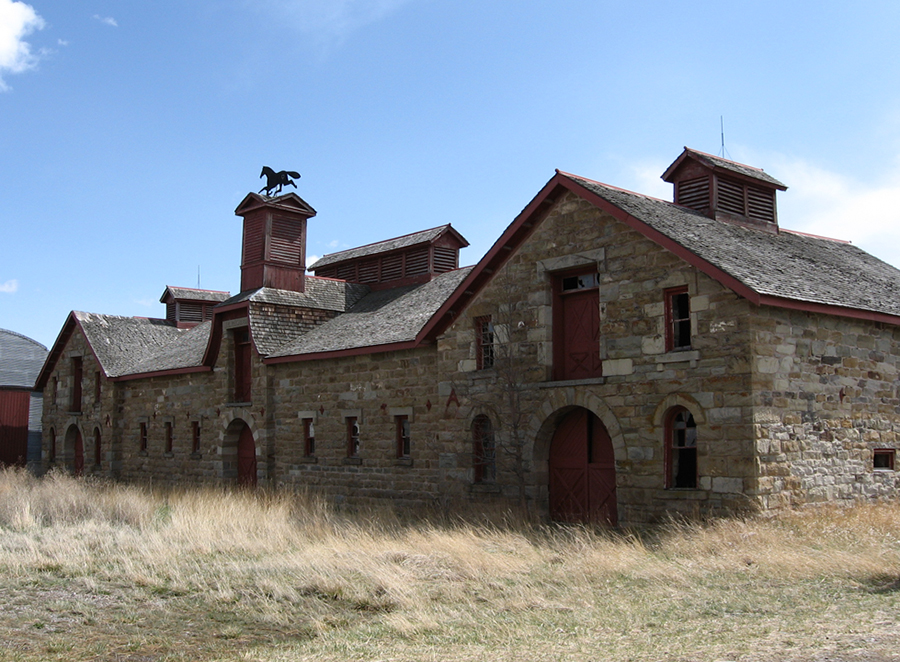You’d be hard-pressed to throw a rock in the Flathead Valley and not hit a piece of history — even if the rock merely thuds to the ground, that land has stories of who claimed it as their own, who lived there, who loved there, and who died there.
The same is true for the rest of Montana, where rolling landscapes and rivers cutting deep into the hills provide the perfect backdrop for the imagination to see the people who came before us.
With so many stories, and so much history preserved across the state, it can feel overwhelming to even know where to start. That’s why the Montana Preservation Alliance, a Helena-based group dedicated to Montana’s history, decided to bring about The Path Less Traveled: Guide to Montana’s Hidden Rural Heritage.
This project gives everyone from newcomers to history to history buffs the chance to discover more than 100 off-the-beaten path historic sites hidden around Montana. Instead of directing adventurers to the well-known and often-busy historic markers, the MPA wanted to give people the power to discover these places at their own pace.
“The idea was to get people to see some of these amazing, spectacular sites that Montana has to offer that are overlooked and often difficult to find,” Madeline Westrom of the MPA said. “There are so many of these great small towns that we can’t get to all of them all at once.”
The guide, available online, breaks the state down into regions: northwestern, southwestern, north central, south central, northeastern, and southeastern. Westrom said there was special consideration given to ensuring every county in the state had a site listed in the initial launch of the program, because most of the tourism marketing tends to send people to the national parks or to the western side of the state.
“We felt pretty strongly about making sure everybody had access and everybody felt included,” Westrom said. “There’s so much that the prairies have to offer and so much that the eastern side of the state has.”
The guide is an extension of the MPA’s Path Less Traveled: Montana Preservation Road Show, which is a traveling heritage preservation conference seeking to bring attention to the rural landmarks throughout the state.
Both the road show and the guide are possible because the MPA partnered with the U.S. Forest Service Region One Heritage Stewardship Enhancement Program and the National Endowment of the Humanities as a way to celebrate the 50th anniversary of the National Historic Preservation Act in 2016.
Westrom said the conference came to Columbia Falls last year, and it offered two or three days of small tours, talks, and events featuring the history of that particular town and region.
The guide comes into play because some of these tiny towns with so much history can’t accommodate a rush of 175 people at once, Westrom said. So instead of taking everyone at once, the website allows folks the opportunity to pursue the various heritage sites at their leisure.
As a sort of beta tester, Westrom took the guide out for a spin with a roommate, and ended up hitting four or five sites in one day. Westrom said if you’ve never seen a sunset in Comet, Montana, you’ve got to try it.
It’s a way to get to know the place you love, she said, a different kind of perspective on the landscape we consider modern.
The funding for the project will allow the MPA to continue adding sites to the guide, of which Westrom said there is no shortage.
“We have a list that is longer than you could possibly believe,” she said. “Our intent is to continue writing and getting photos.”
To access The Path Less Traveled: A Guide to Montana’s Hidden Rural Heritage, visit www.preservemontana.org/pathlesstraveled.
